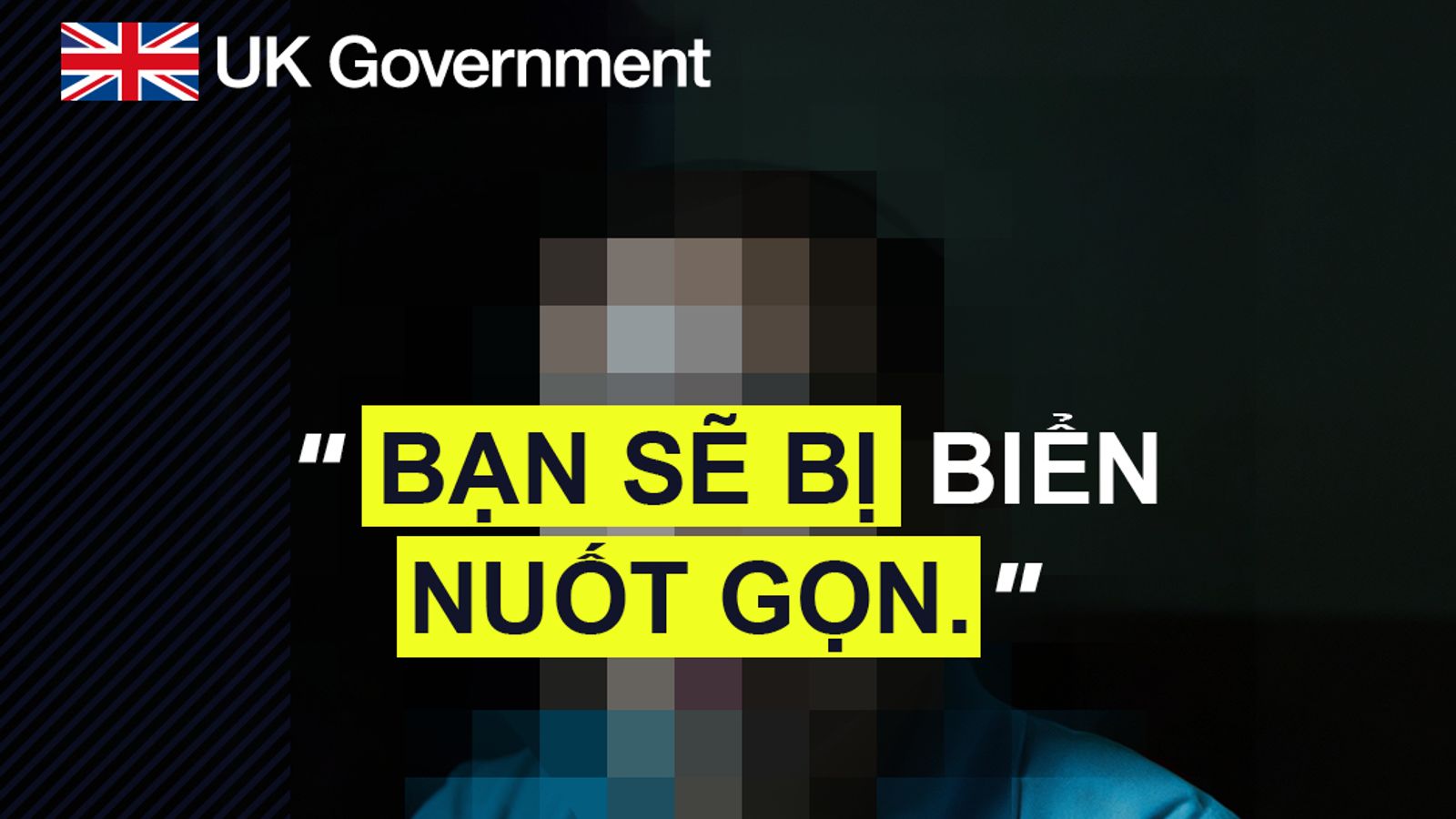Ethereum Foundation (EF) contributor Josh Stark posted a breakdown of the organization’s expenditures for the past two years on social media on Aug. 27.
Stark shared the information after growing speculation that the foundation might plan to sell a large amount of Ethereum. The rumors sprang up after a wallet linked to the foundation made a large transfer.
Stark also hinted that the foundation intends to publish an expenditure report before this year’s Devcon, which is scheduled for Nov. 12.
Funding breakdown
Stark shared two pie charts showing the foundation’s fund allocation for 2022 and 2023. The charts contain seven main areas: new institutions, L2 R&D, applied ZK, community development, developer platform, internal ops, and L1 R&D.
In both years, research and development (R&D) of Layer 1 improvements and new institutions were allocated the highest funding. Stark explained:
“Those graphs capture both internal and external spend. For example, ‘L1 R&D’ includes grants to external client teams, and it also includes internal EF researchers. In both years, internal spend was about 38% and external spend was about 62%.”
Internal spending is related to the teams working under the EF umbrella in different sectors, such as client Geth’s, Solidity, Devcon, and the Ethereum Organization’s teams.
Meanwhile, external spending is related to grants provided by the foundation’s Ecosystem Support Program (ESP). Between 2022 and 2023, the ESP provided $91.1 million in grants to 895 different projects, according to data gathered from their website.
Stark highlighted that ESP publishes quarterly reports on the grants conceded to new projects, with the latest edition describing the grants provided in 2024 Q1.
Addressing the “new institutions” category, Stark highlighted that this is one of the foundation’s efforts to “help build up new organizations that can strengthen and support the Ethereum ecosystem in the long run.”
Stark mentioned entities such as open source software provider Nomic Foundation, the Decentralization Research Centre, data aggregator L2Beat, and “other Ethereum-related and adjacent organs” as examples.
Ethereum’s co-founder Vitalik Buterin shared Stark’s post and reiterated the importance of investments made into new institutions. He added that “no World Economic Forum insect protein research” exists within the foundation’s fund allocation.
$94 million transaction sparks debate
Stark shared the funding breakdown after a large 35,000 ETH transfer from EF’s wallet to crypto exchange Kraken on Aug. 23 caused man. The large amount — equivalent to $94 million at current prices — sparked debates in the crypto community over where the funds would be allocated.
Given the transaction’s significant size, investors were worried about a potential dump that could add more pressure to its price since ETH has fallen 22% over the past 30 days.
The angel investor known as DCInvestor suggested to Buterin that the next large transactions should be divided into 12 smaller movements, which would help allay fears of a market dump.
Buterin responded that the suggestion faces the logistical challenge of coordinating multiple transfers from a multi-sig wallet that requires four confirmations. Multiple transactions would mean the transfer would have to be signed 48 separate times. He added:
“There are solutions of course (eg. multiple tiers of wallets), but for obvious reasons we don’t want to rush on something so security-sensitive.”
The post Ethereum Foundation reveals spending after speculation over massive transfer appeared first on CryptoSlate.





